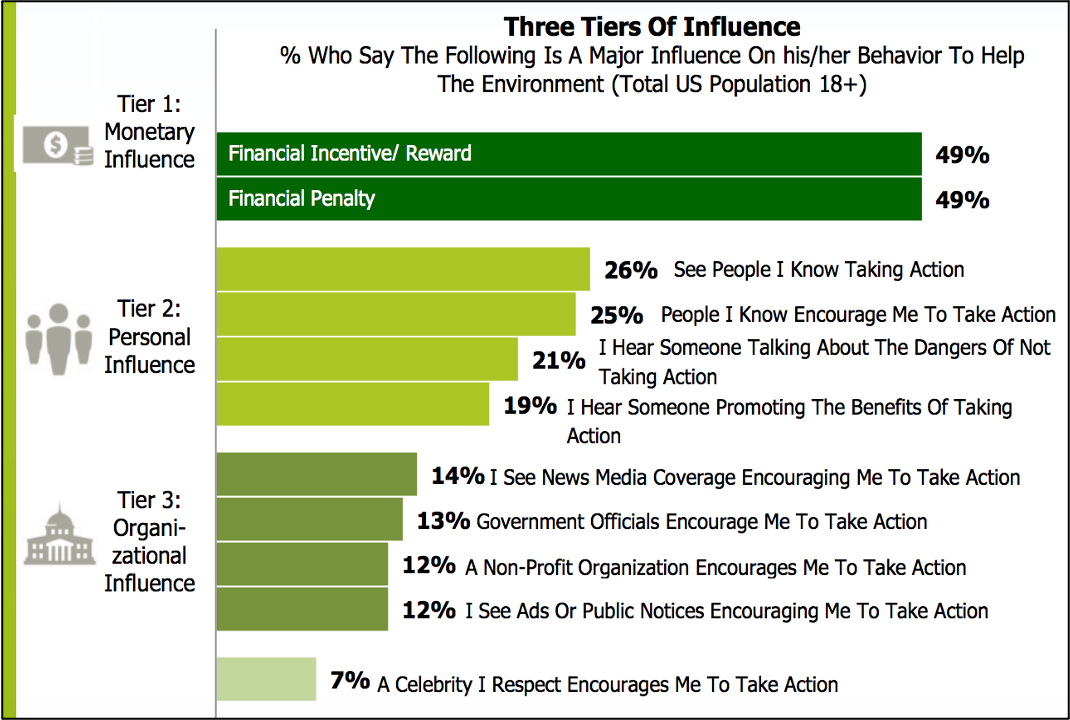Climate change, image from Tumisu, Pixabay
The latest UN IPCC climate change report was released on April 4, 2022. The big message? “The time for action is now.” This report does contain some positive news! As a global community, we have made progress in reducing our emissions since the 2014 Paris Agreement (NYT interactive). And the prices of solar and wind energy and batteries have reduced over the past ten years by 85%, making these renewable sources of energy much more efficient and attractive! But if we want to reduce our global warming impact to 2 degrees Celsius by 2100—or even keep our warming to 1.5 degrees Celsius (which would make a big difference to our world)—we have a lot more to do! Here’s how political science would suggest we structure our incentives to help solve climate change.
It is very true that local and individual efforts can make big differences to climate change. But government efforts (on the state, national, and international levels) can really help motivate these individuals, communities, and businesses to adjust their behaviors in climate-friendly ways. Government is uniquely positioned to create institutions—laws, rules, fines, rewards, norms and expectations—that create incentives for individuals and groups to change their actions and their mindsets.
Why can government incentives work so well? Because one of the most basic incentives that people have—the incentive that motivates them to choose certain actions over others—is financial incentive. We can see this incentive in the Green Gauge survey results, which is a nationally representative survey of Americans and their “green” behaviors. Americans first took the survey in 1990 and then again in 2011 to see what had changed over twenty years. The survey found positive behavioral changes: twice as many Americans in 2011 recycle (58%), buy green products (29%), and commute in an environmentally friendly way (18%).
Why did people change their behaviors? The biggest reason, according to the survey: financial rewards or punishments. As we can see from the survey results below, social pressure and messages from organizations also influence people’s behavior. But for half the people surveyed, the reason they do environmentally friendly behaviors is because of financial incentives or penalties.

Image from “The Environment: Public Attitudes and Individual Behavior—A Twenty-Year Evolution”
Because the financial incentive is such a strong motivation for individuals and businesses, it’s a perfect opportunity for governments to structure the incentives to change people’s behaviors! We’ve already seen this kind of government power in another area of life: smoking.
Remember when smoking used to be portrayed in the media as the height of glamor and cool?

And smoking was healthy for you too! Doctors were proud to say that they smoked Camel cigarettes!

Image from Todd Lappin, Flickr
Worldviews have changed! But why? Let’s look at Australia as an example. Here’s what Australian cigarettes actually look like when they are sold in stores.

Australian cigarettes. Image from BBC World Service (2017), “How Australia is stubbing out smoking”
Yes. Australian cigarettes have been sold like this since 2010, when the government passed “plain packaging” rules that required 75% of the front and 90% of the back of the pack to be covered with a health warning. And Australia paired this packaging with a ban on cigarette advertising, replacing glamorous ads with a lot of graphic anti-smoking TV ads instead.
Besides the in-your-face science and health facts, here’s a list of the highest prices for a pack of cigarettes in the world. You can see that Australian cities are at the top of the list. This isn’t because cigarettes are more expensive to make in Australia. It’s because the government is putting taxes on a pack of cigarettes—on purpose—to change people’s behavior through financial incentives. And it’s working! According to a 2019 report, about 12% of Australians smoke on a daily basis, a number that has been halved since 1991.
Smoking is an example of how government laws—negative structures and financial penalties—can really change how people behave. If a person makes the cost-benefit calculation that it is too expensive to keep doing a certain action, that person will begin to make another choice. This is the power of structures and incentives.
So, what kinds of government structures can change the financial incentives to promote environmentally friendly behaviors? It’s all about carbon pricing. As Joseph Romm writes in his book, Climate Change: What Everyone Needs to Know (2nd ed.),
“The goal of a carbon price is to have the economic cost of burning hydrocarbons (coal, oil, and natural gas) reflect the actual harm their emissions cause to humans and society.” (p. 175)
There are two ways of carbon pricing: a carbon tax and a cap-and-trade system. Both of these structures change the cost-benefit calculation of individuals and groups by taking into account the “social and environmental cost” of the product as well as the actual price of production. In an unregulated system, Option A (say, conventional farm-raised chicken) is much cheaper on the marketplace—but also much worse for the environment than Option B (say, organic chicken raised on a solar-powered farm). Option B has the lower carbon footprint, but a higher market price. How can we change the cost-benefit analysis so that more people will purchase the better-for-the-environment option? Carbon pricing! Here’s a video from EarthFix that explains carbon pricing with chickens:
Carbon tax comes from the government and different governments (like Mexico, Norway, or the US state of California) set different prices, as we see in the video above. The idea here is to make the companies themselves more interested in using clean energy sources, so they don’t have to pay taxes to the government for burning fossil fuels.
A cap-and-trade system is part governmental and part market-based. The government decides what “cap” should be placed on particular pollutants, and then sells a limited number of permits to the companies that want to be allowed a certain amount of pollution. These permits can then be traded—so companies that reduce their pollutants can then get money by selling their unneeded permits. The price and limited number of permits in each area also send signals to the companies, incentivizing new investments in clean energy. In this system, companies have to pay money to pollute, so they have an incentive to pollute less. This structure is similar to increasing the price of cigarettes—it changes the cost-benefit analysis and encourages new behaviors!
Governments can also structure the incentives in positive ways to give people rewards for acting in environmentally friendly ways! These structures are known as “selective incentives”: a person or business would only get these benefits if they participate in the encouraged activity. So for example, in the US, the federal government offers a tax credit for the installation of solar energy systems in homes. The US federal government also gives a tax credit of up to $7,500 for the purchase of eligible electric cars. And that’s just from the federal government—there are often state-level incentives too—and sometimes even incentives from the utility companies and other businesses!
So there you have it: governments are uniquely positioned to create positive and negative incentives that help structure the behavior of individuals and businesses in more climate-friendly ways. Local and individual efforts matter—but government actions matter too! So as we approach the 2022 general elections and beyond, keep climate change policies in mind as you vote!
Note: Much of this material is originally from my political science lectures from our interdisciplinary “Ways of Knowing: Climate Change” course. I am available (and willing!) to present this material to a public audience!
